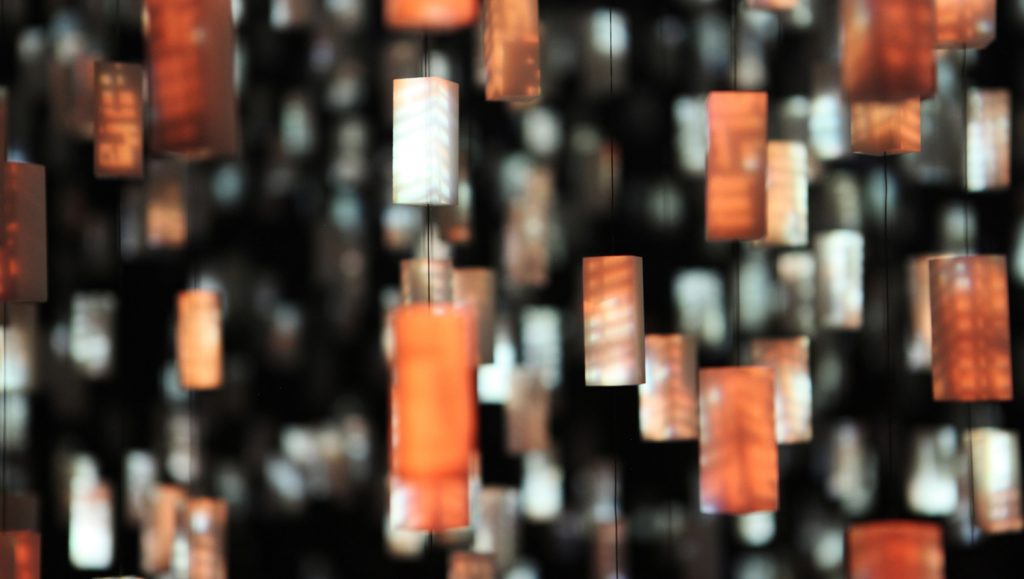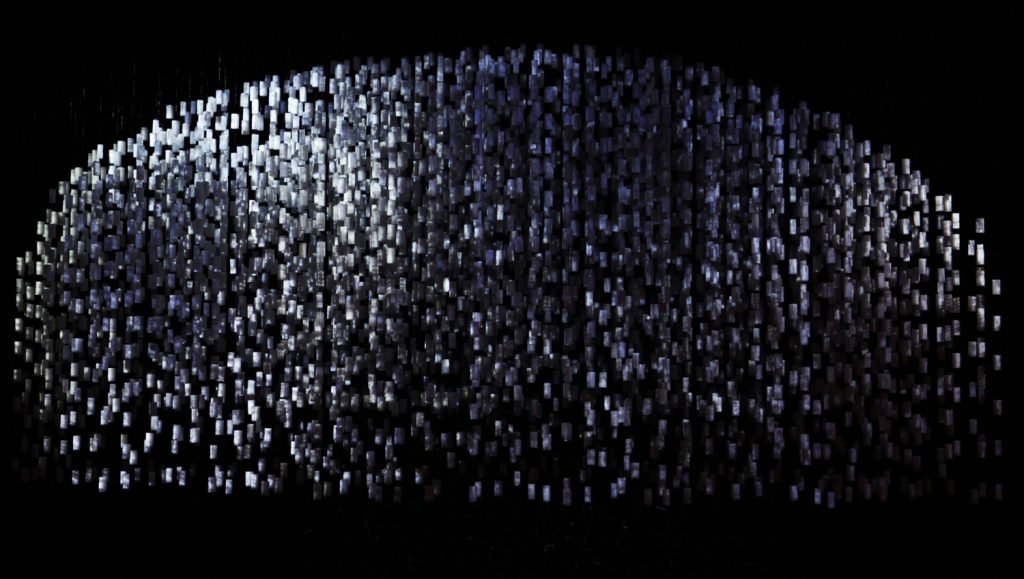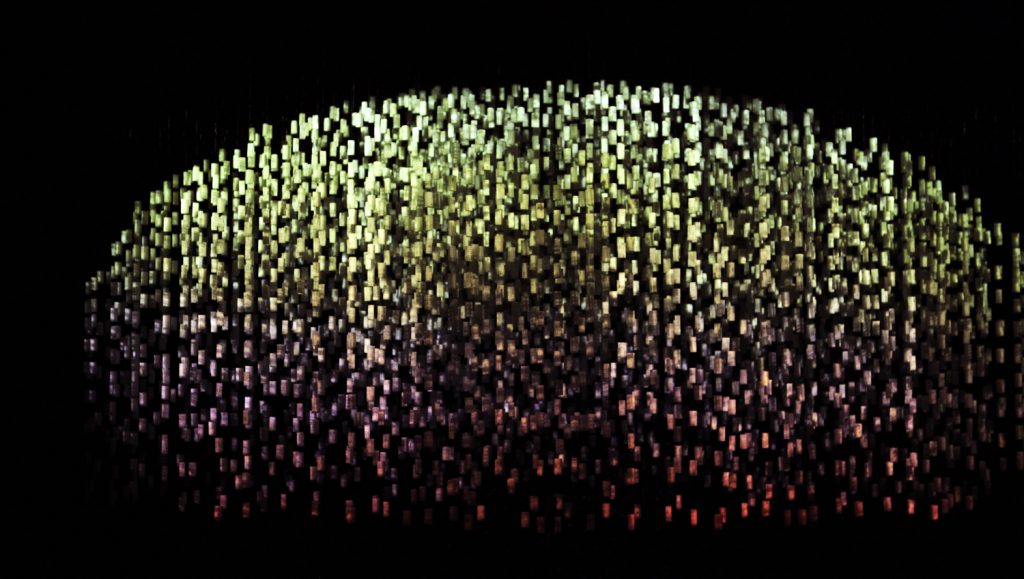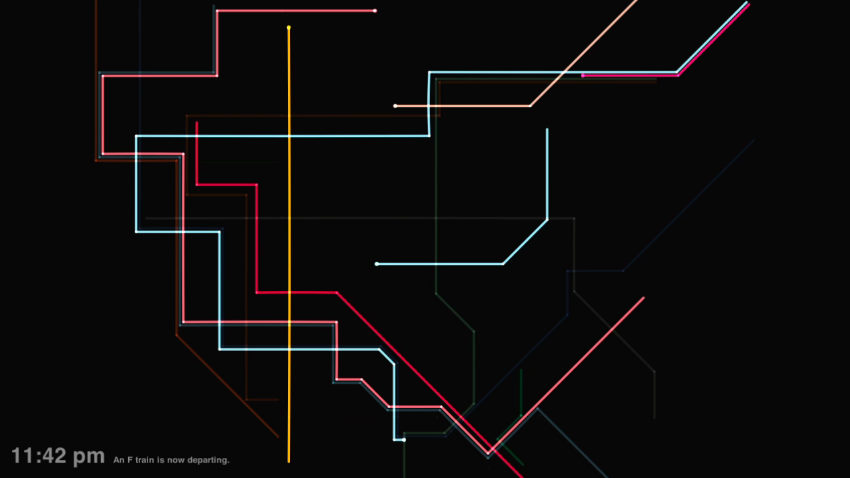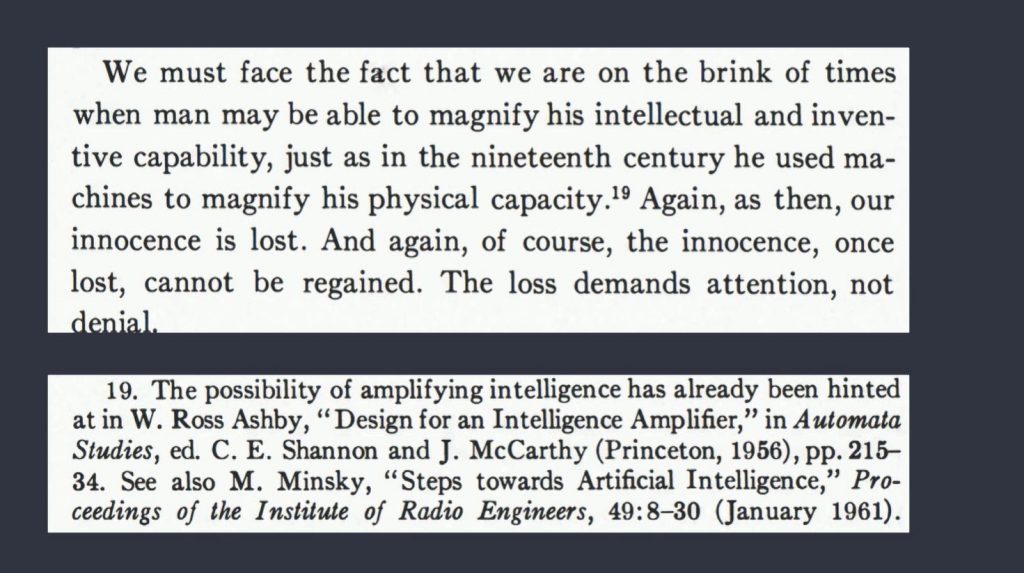sketch//Brandon Yi
//btyi@andrew.cmu.edu
//Section A
// loading all links
var bodyLinks = [
"http://i.imgur.com/5YM2aPE.jpg",
"http://i.imgur.com/oKtGXfd.jpg",
"http://i.imgur.com/Kvg75bG.jpg",
"http://i.imgur.com/0FGzErn.jpg",
"http://i.imgur.com/MJmlPt5.jpg",
"http://i.imgur.com/VvX0k8e.jpg",
"http://i.imgur.com/rLIOBoG.jpg",
"http://i.imgur.com/q03Gko3.jpg",
"http://i.imgur.com/BWpN5SP.jpg",
"http://i.imgur.com/ft10TV3.jpg",
"http://i.imgur.com/CGCZliN.jpg",
"http://i.imgur.com/qrlc4dK.jpg"]
var feetLinks = [
"http://i.imgur.com/oNSO0T6.jpg",
"http://i.imgur.com/OWGETX7.jpg",
"http://i.imgur.com/Zp29aVg.jpg",
"http://i.imgur.com/AXLWZRR.jpg",
"http://i.imgur.com/wgZq717.jpg",
"http://i.imgur.com/sGVMEMw.jpg",
"http://i.imgur.com/hfbrynH.jpg",
"http://i.imgur.com/OOASUMM.jpg",
"http://i.imgur.com/aqtIXi0.jpg",
"http://i.imgur.com/Eu6ruPo.jpg",
"http://i.imgur.com/mTSipwg.jpg",
"http://i.imgur.com/1GzC4Zz.jpg"]
var headLinks = [
"http://i.imgur.com/gBCZVuM.jpg",
"http://i.imgur.com/YLOXAdH.jpg",
"http://i.imgur.com/my3TqY7.jpg",
"http://i.imgur.com/lvtIB9s.jpg",
"http://i.imgur.com/gvDBfhO.jpg",
"http://i.imgur.com/JEuJ2ER.jpg",
"http://i.imgur.com/SbBOG1V.jpg",
"http://i.imgur.com/cuJ5Ao1.jpg",
"http://i.imgur.com/dqHjjig.jpg",
"http://i.imgur.com/mcFUcHf.jpg",
"http://i.imgur.com/0XKU9Dx.jpg",
"http://i.imgur.com/sD1ArAR.jpg"]
//initializing arrays in problem
var headImages = [];
var bodyImages = [];
var feetImages = [];
var head = [];
var body = [];
var feet = [];
//loading links into images array
function preload() {
for (var i = 0; i <= 11; i++) {
img = loadImage(headLinks[i]);
headImages.push(img);
img = loadImage(bodyLinks[i]);
bodyImages.push(img);
img = loadImage(feetLinks[i]);
feetImages.push(img);
}
}
function GenerateRandoms() {
//loop for different "people"
for (var i = 0; i <= 2; i++) {
//generate random head image
r = int(random(0,11));
head.push(headImages[r]);
//check for repeats
while (head[i] == head[i-1] || head[i] == head[i-2]) {
head.pop();
head.push(headImages[int(random(0,11))]);
}
//generate random body image
r = int(random(0,11));
body.push(bodyImages[r]);
//check for repeats
while (body[i] == body[i-1] || body[i] == body[i-2]) {
body.pop();
body.push(bodyImages[int(random(0,11))]);
}
//generate random feet image
r = int(random(0,11));
feet.push(feetImages[r]);
//check for repeats
while (feet[i] == feet[i-1] || feet[i] == feet[i-2]) {
feet.pop();
feet.push(feetImages[int(random(0,11))]);
}
}
}
//setup canvas
function setup() {
createCanvas(600, 450);
background(220);
GenerateRandoms();
}
function mousePressed() {
//clearing different arrays based on different mouseY positions
//generating new images for particular position
if (mouseY<(height/3)) {
head = [];
GenerateRandoms();
}
else if (mouseY>=(height/3) & mouseY <=(2*height/3)) {
body = [];
GenerateRandoms();
}
else {
feet = [];
GenerateRandoms();
}
}
//display new images in positions based on i
function draw() {
for (var i = 0; i <= 2; i++) {
image(head[i],i*200,0,200,150);
image(body[i],i*200,150,200,150);
image(feet[i],i*200,300,200,150);
}
}

![[OLD SEMESTER] 15-104 • Introduction to Computing for Creative Practice](../../../../wp-content/uploads/2023/09/stop-banner.png)
